academicanarchist
Senior Nomad
  
Posts: 978
Registered: 9-7-2003
Member Is Offline
|
|
THe five Franciscan missions in the San Antonio, Texas area.
San ANtonio de Vakero-1718; San Jose-1720; La Purisima relocated 1731; San Juan Capistrano relocated 1731; San Francisco-relocatedd 1731.
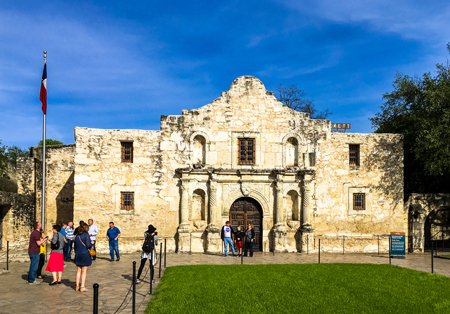 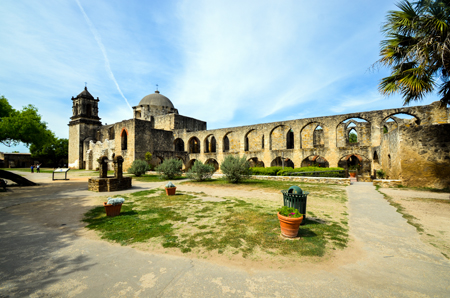 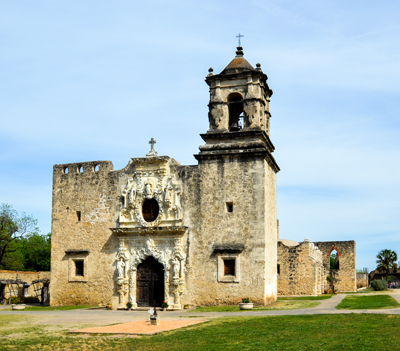 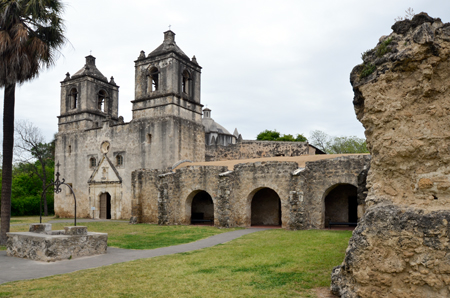 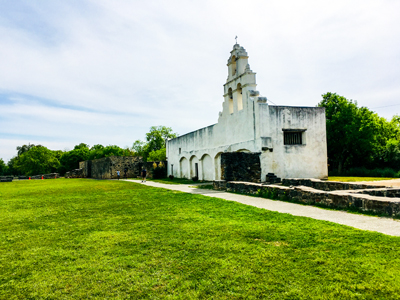 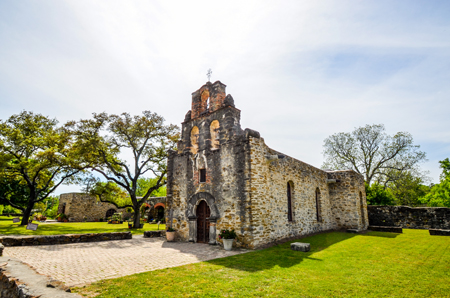
|
|
|
David K
Honored Nomad
        
Posts: 65383
Registered: 8-30-2002
Location: San Diego County
Member Is Offline
Mood: Have Baja Fever
|
|
Beautiful images Robert.
How many missions were in Texas?
Is there a Baja connection?
|
|
|
academicanarchist
Senior Nomad
  
Posts: 978
Registered: 9-7-2003
Member Is Offline
|
|
Around 30 missions in Texas. They were contemporary to the Baja California missions, and had similar populations. The techniques the Franciscans
developed were later applied in Baja California.
|
|
|
academicanarchist
Senior Nomad
  
Posts: 978
Registered: 9-7-2003
Member Is Offline
|
|
All part of the same larger evangelization program.
|
|
|
JoeJustJoe
Banned
Posts: 21045
Registered: 9-9-2010
Location: Occupied Aztlan
Member Is Offline
Mood: Mad as hell
|
|
Why is the academicanarchist, promoting anarchy and taking the site hostage with his one-sided white man views of the Franciscan missions, and those
type of historical threads.
At the least he could do is stop and say hi, and discuss his own personal viewpoints of his postings, instead of non-stop cut and paste jobs that take
little effort.
In an effort to provide balance, I was recently at the Pachanga Casino, in the Temecula, Ca area, and was looking at their 2000 year old Pechanga
Great Oak Tree, and later read their Native American historical webpage, where they discuss their history of facts and myths.
BTW, you probably would not learn these facts from people like David K, who probably never ask or read the Indian's version of history in the
Americas. Now, this talks about the Luiseño Mission Indians, but you have to remember most of California, was once part of Mexico, and the Spanish
priests abused most of the Indian tribes starting with the Mayans and all the way up to California.
Here are both the facts and myths:
Myth: Interactions between the Spanish Missionaries and Payômkawichum "Western People" were intended as beneficial.
Fact: In 1798 Spanish Missionaries founded the Mission of San Luis Rey de Francia, dramatically altering our tribal life, pressing Pechanga people
into servitude, slavery and imprisonment. The Roman Catholic Church established ranchos that encompassed the native villages and pressed our people
into serving the mission.
_________________
Myth: Interactions between the Spanish Missionaries and Payômkawichum "Western People" were intended as beneficial.
Fact: Since before California's statehood, the Pechanga Band of Luiseño Indians had been recognized by outsiders as "most thrifty and industrious."
We maintained our homelands and economic self-sufficiency and this was noted by initial visitors to our lands since their first encounters with us,
for instance, a newspaper article dated 1875 noted our work ethic going all the way back to the 1830's. California received statehood on September 9,
1850. By the 1870's a handful of California citizens took legal action under the California Land Claims Act against the Pechanga Band that resulted in
the eviction of tribal members from their ancestral homelands and agricultural economic bases.
_____
myth: Pechanga tribal members lack the education and skills to create meaningful and appropriate economic opportunities until recently with
gaming.
Fact: During the 1800's, Payômkawichum Tribal leaders were literate and skilled not only in their own language and culture, but were also
multi-lingual in English, Spanish and possessed the ability to read and write the English language during a time when the majority of American
citizens struggled with basic reading and writing literacy. Despite being literate enough to represent themselves well, Pechanga Tribal leaders faced
federal and state legislative barriers resulting in a historical lack of access to legal processes for defining and securing Tribal assets.
https://www.pechanga-nsn.gov/index.php/history/facts-or-myth...
|
|
|
mtgoat666
Platinum Nomad
       
Posts: 20295
Registered: 9-16-2006
Location: San Diego
Member Is Offline
Mood: Hot n spicy
|
|
Not sure what mission in Texas have to do with baja. They sell potato chips in both baja and Texas, so a thread on potato chips in Texas has as much
relevance to baja as a thread on missions in the lone star state. Btw, I have eaten potato chip in Texas 
Joe, you have a good point, the white man’s history is a bit monochromatic.
Woke!
Hands off!
“Por el bien de todos, primero los pobres.”
“...ask not what your country can do for you – ask what you can do for your country.” “My fellow citizens of the world: ask not what America
will do for you, but what together we can do for the freedom of man.”
Pronoun: the royal we
|
|
|
academicanarchist
Senior Nomad
  
Posts: 978
Registered: 9-7-2003
Member Is Offline
|
|
When you have read the more than 20 books I have published on different aspects of the history of the indigenous peoples of the Americas you can judge
if it is a typical white man view of history.
|
|
|
academicanarchist
Senior Nomad
  
Posts: 978
Registered: 9-7-2003
Member Is Offline
|
|
Joe. You can start with the 1995 book I published on the California missions.
|
|
|
academicanarchist
Senior Nomad
  
Posts: 978
Registered: 9-7-2003
Member Is Offline
|
|
A global vision
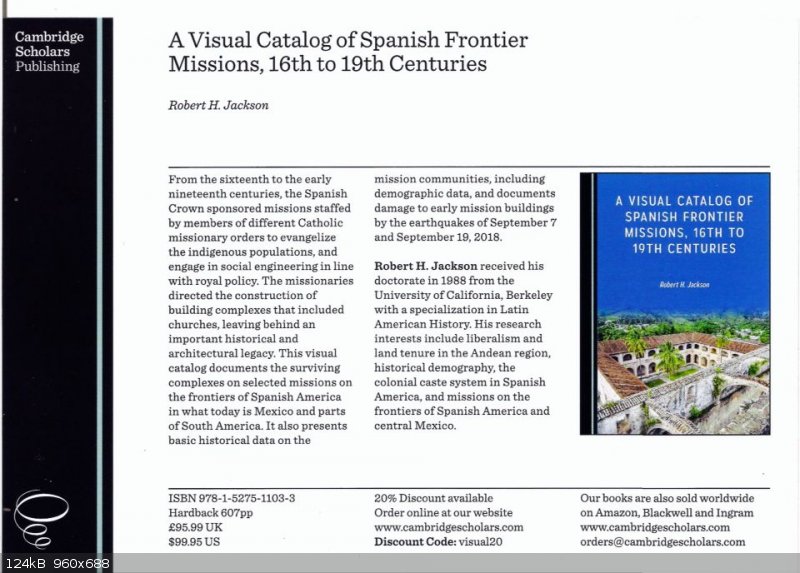
|
|
|
JoeJustJoe
Banned
Posts: 21045
Registered: 9-9-2010
Location: Occupied Aztlan
Member Is Offline
Mood: Mad as hell
|
|
I am pleased the reviews for.at least one book by Robert, is not so much the vanilla 4th grade version that white washes the abuses these Indians
faced by the Franciscan religious order. I remember I was taught the 4th grade version in California schools, and on field trips to old missions in
California way back in the 60s.
From an Amazon review:
De-Bunking Myths of California's Mission History
This work critically examines the impact of the Mission system on the California Indians. The author interprets mission records about death rates,
grain production, livestock and construction to provide insights about Indian life on California missions. The author explores the question: what did
the mission system offer that attracted the Indians? The author rejects the simplistic version, taught to California fourth graders, that Indians
accepted mission life in exchange for a steady food supply. This book makes a strong case for the role that coercion played in bringing Indians to the
mission. The book provides details of Indian resistance to the missionary efforts in the form of revolt, flight, and murder.
|
|
|
David K
Honored Nomad
        
Posts: 65383
Registered: 8-30-2002
Location: San Diego County
Member Is Offline
Mood: Have Baja Fever
|
|

What happened to the Indians was a big concern of academicanarchist (Dr. Robert Jackson).
Here is another of his many books on the missions. I think he and I share a desire to present accurate data and in no way do we approve of any harm
that came upon the Natives.
Some of Robert's photos are in my book and some of my photos are in this book he wrote:
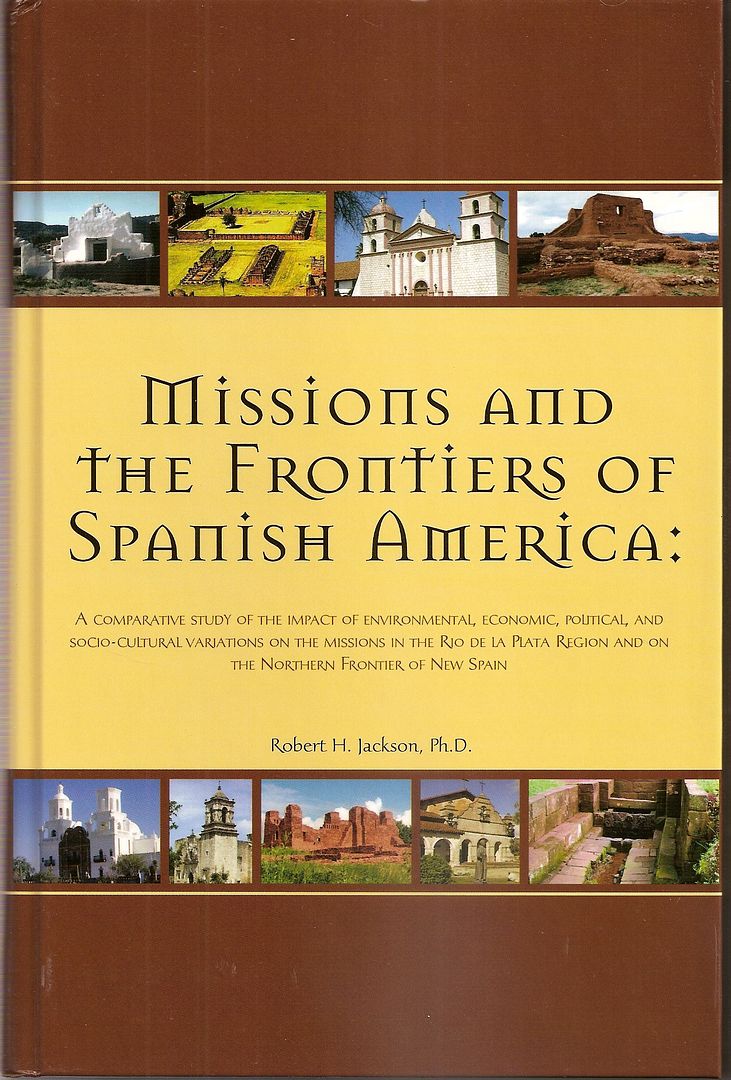
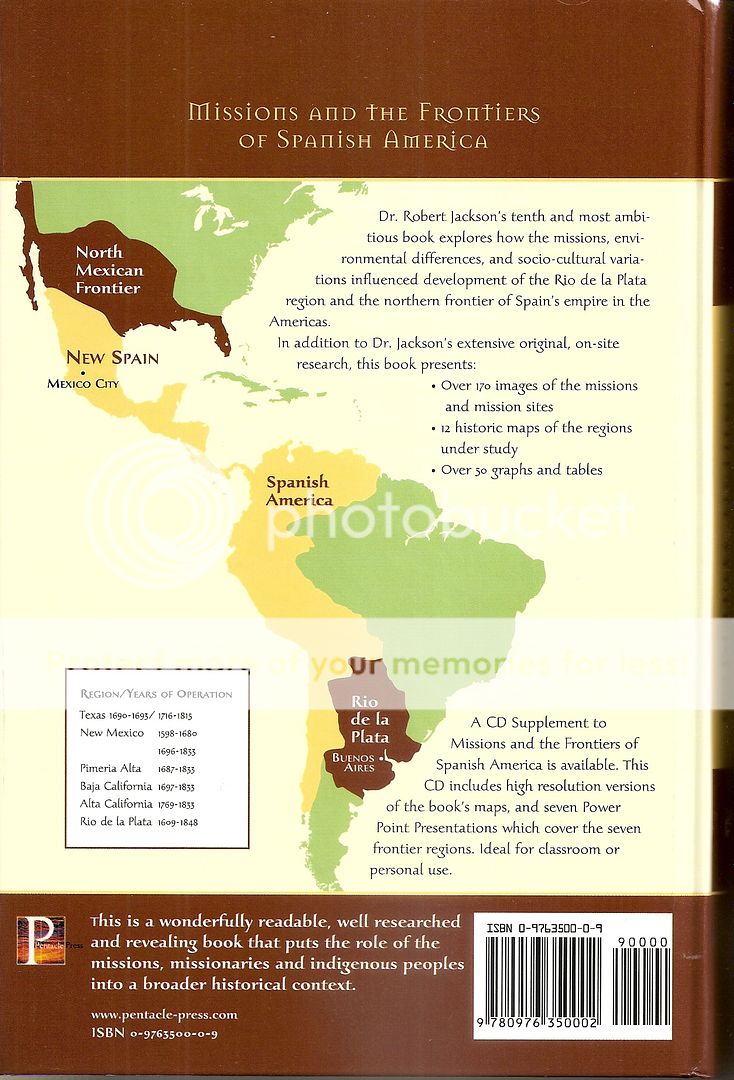
|
|
|
JoeJustJoe
Banned
Posts: 21045
Registered: 9-9-2010
Location: Occupied Aztlan
Member Is Offline
Mood: Mad as hell
|
|
Perhaps I was wrong about Robert Jackson, who at times looks at history through the eyes of the Indians, and not just the European eyes, or as I say,
the white man's eyes.
It's too bad there aren't more cheaper versions or online versions of his books.
From Amazon a review
Robert H. Jackson and Edward Castillo present four arguments related to the “California Mission-Impact on California Indians” historical debate in
Indians, Franciscans, and Spanish Colonization: the Impact of the Mission System on California Indians (1995). In the volume Jackson and Castillo
expand on themes initiated in earlier journal publications. Their arguments are four: First, the Franciscan mission effort attempted to subsidize the
cost of Spanish colonization of Alta California focusing on Indians more as laborers than as converts. Second, despite strong Franciscan acculturation
efforts, the California Indians retained significant cultural integrity. Third, the California Indians exhibited resistance to missionization in
passive and largely invisible ways, which enabled later Church historians to argue the benefits of missionization. Fourth, the massive exodus of
California Indians from the missions after secularization proves the lack of transformation of California Indians into the Spanish-Mexican colonial
citizens. Although these argument are largely independent, they are essentially chronological and are presented as elements in the history of
|
|
|
David K
Honored Nomad
        
Posts: 65383
Registered: 8-30-2002
Location: San Diego County
Member Is Offline
Mood: Have Baja Fever
|
|
Good books are worth the little bit of money they cost. Shop for them on Amazon, perhaps? My book ($29.95) is several dollars cheaper on Amazon (but
maybe no free shipping and for sure no author's autograph LOL).
|
|
|
academicanarchist
Senior Nomad
  
Posts: 978
Registered: 9-7-2003
Member Is Offline
|
|
There is a very useful academic search vehicle called Google Scholar. Many articles are available in .pdf format free of charge.
|
|
|
academicanarchist
Senior Nomad
  
Posts: 978
Registered: 9-7-2003
Member Is Offline
|
|
There are also very good libraries at UC San Diego and YC Riverside
|
|
|

